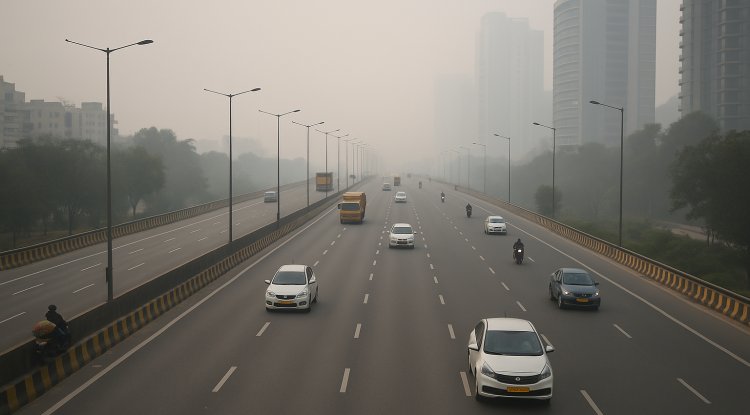Replacing Gas Vehicles With EVs Could Prevent Childhood Asthma Cases in the US
Replacing gas vehicles with electric cars can reduce childhood asthma cases linked to vehicle exhaust. A recent U.S. study highlights the need for a transition to EVs along with public transit and clean energy.

A recent study found that it would be possible to prevent newly developed cases of childhood asthma due to traffic-related air pollution by converting gasoline-powered cars into electric cars. The study, which was carried out by transportation, climate, and public health experts, used publicly available data from the U.S. Centers for Disease Control and Prevention to estimate the impact of vehicle emissions on children's health.
The review covered 2013-2019 and reviewed data of the whole 50 states in the United States of America plus the District of Columbia. Authors found that ambient air pollution in the form of tailpipe exhausts of automobiles, i.e., nitrogen dioxide and particulate matter, was responsible for most new cases of childhood asthma in the United States. They built a model to decrease new cases of asthma due to this type of pollution and simulated how sales of electric cars could reduce such a burden. They describe how for every 1,000 gasoline cars sold, one new case of childhood asthma can be traced back to pollution.
Substituting as few as 21% of these new gas car sales with electric cars could actually bring the trend of rising asthma cases to an end. The percentage required, though, varied depending on the population density, the number of existing gas cars already on the roads, and what the existing EV policies in the state are. In others, as few as 7% of gas car sales had to be replaced by EVs, and some had up to 42% to be replaced. Higher on-road older gas vehicles and population density states had the most potential for the largest health benefits from going to EVs. Between 2013 and 2019, nearly 63% of all new electric vehicles bought in the U.S. were bought in states with zero-emission vehicle programs. California, New York, New Jersey, and Oregon are some of the states included that have policies remaining in effect to encourage the EV market.
The study targets the aspect that while EVs do have measurable positive impacts on public health, they must not be made the only choice. Gas car replacement with EVs works only as replacements and not as loaded additional cars. Additionally, EVs can reduce tailpipe emissions but continue to be sources of pollution through tire and brake wear, road dust, and electric generation—especially if the electricity comes from fossil fuels.
Furthermore, electric vehicle technology does pose some other challenges, such as battery recycling, raw material extraction environmental concerns, and repair limitations. These will have to be overcome for the greener transition.
For long-term public health gain, the signs point to a more integrated approach. This means reducing the number of vehicles on the roads overall through the promotion of public transport, cycling, and pedestrian infrastructure. Recharging EVs from renewable energy is also required to prevent passing pollution from towns to around fossil fuel power plant locations.
The study highlights the importance of providing electric cars to low-income families, who otherwise experience traffic pollution. The policymakers are called upon to foster rapid replacement of old fossil-fuel vehicles and enhance clean energy avenues.
While electric cars are a step in the right direction, integration of clean modes of transport, increased infrastructure, and policy reform is what will assist in curbing pollution and its impact on children's health effectively.
Source: The Conversation
Credit: Harshit Gujral, Meredith Franklin and Steve Easterbrook
What's Your Reaction?

















